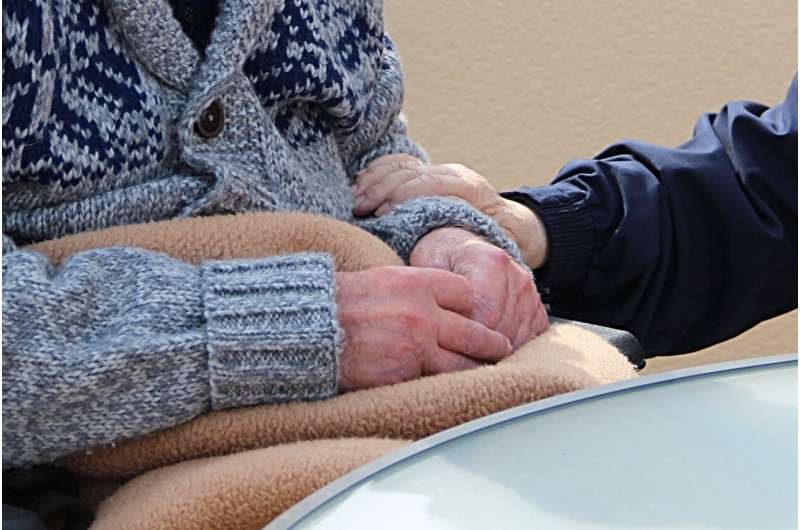Introducing a New Hospital Quality Metric: Tracking Post-Surgery Discharges for Older Adults

A groundbreaking study introduces a new hospital quality metric that tracks discharges of older adults to post-acute care facilities after surgery, guiding improvements in patient outcomes and cost-efficiency.
A recent study highlights the importance of monitoring how many senior patients are discharged to post-acute care facilities, such as skilled nursing centers, following surgery. This metric can serve as a valuable benchmark for evaluating hospital performance and improving patient outcomes. Discharging older adults to these facilities can significantly increase healthcare costs—by over $5,000 per case—and is linked to poorer health results.
The research, published in the Journal of the American College of Surgeons, emphasizes that a considerable portion of discharges to post-acute care are preventable. Lead author Sarah L. Remer, MD, from the American College of Surgeons, explains that by analyzing discharge patterns relative to peers, hospitals can identify areas needing improvement. Interventions like prehabilitation programs and enhanced perioperative mobility efforts have been shown to reduce the likelihood of discharges to non-home settings.
The study utilized data from the ACS National Surgical Quality Improvement Program, including 494 hospitals and over 277,000 patients aged 65 and older. It found that 11.2% of these patients were discharged to post-acute care facilities, predominantly after inpatient stays. Hospitals varied significantly, with 17% classified as low outliers and 24.1% as high outliers in discharge rates. Notably, among patients at the highest risk for post-acute care discharge, nearly one-third were sent to such facilities.
This research suggests that using discharge to post-acute care as a quality metric can help institutions benchmark performance and identify opportunities for intervention. Strategies like targeted patient screening, prehabilitation, and adherence to geriatric surgery verification protocols are recommended to reduce unnecessary discharges, ultimately leading to better recovery outcomes and cost savings.
In summary, this new metric provides a promising avenue for hospitals to enhance care for elderly surgical patients by focusing on reducing avoidable post-discharge placements and promoting recovery at home.
Stay Updated with Mia's Feed
Get the latest health & wellness insights delivered straight to your inbox.
Related Articles
Mapping Cells and Genes Uncovers Key Factors in Crohn's Disease Complications
New spatial mapping research uncovers key cells and genes involved in the fibrosis-related complications of Crohn's disease, paving the way for targeted therapies.
Research Confirms Loneliness and Heart Disease Link Across Cultures
A groundbreaking study confirms that loneliness significantly increases the risk of heart disease across both collectivistic and individualistic cultures, emphasizing the importance of social connections for cardiovascular health.
Expanding Midwives' Role: Incorporating Home Contraceptive Care in Postnatal Visits
A recent study indicates that Australian midwives are interested in delivering contraceptive care, including implant insertions, during postnatal home visits to improve access and maternal health outcomes.
Kylie Jenner's Plastic Surgery: What She Reveresses and Expert Insights
Kylie Jenner and other Kardashians have openly shared their plastic surgeries, raising important questions about beauty standards, societal pressures, and health risks associated with cosmetic procedures.



